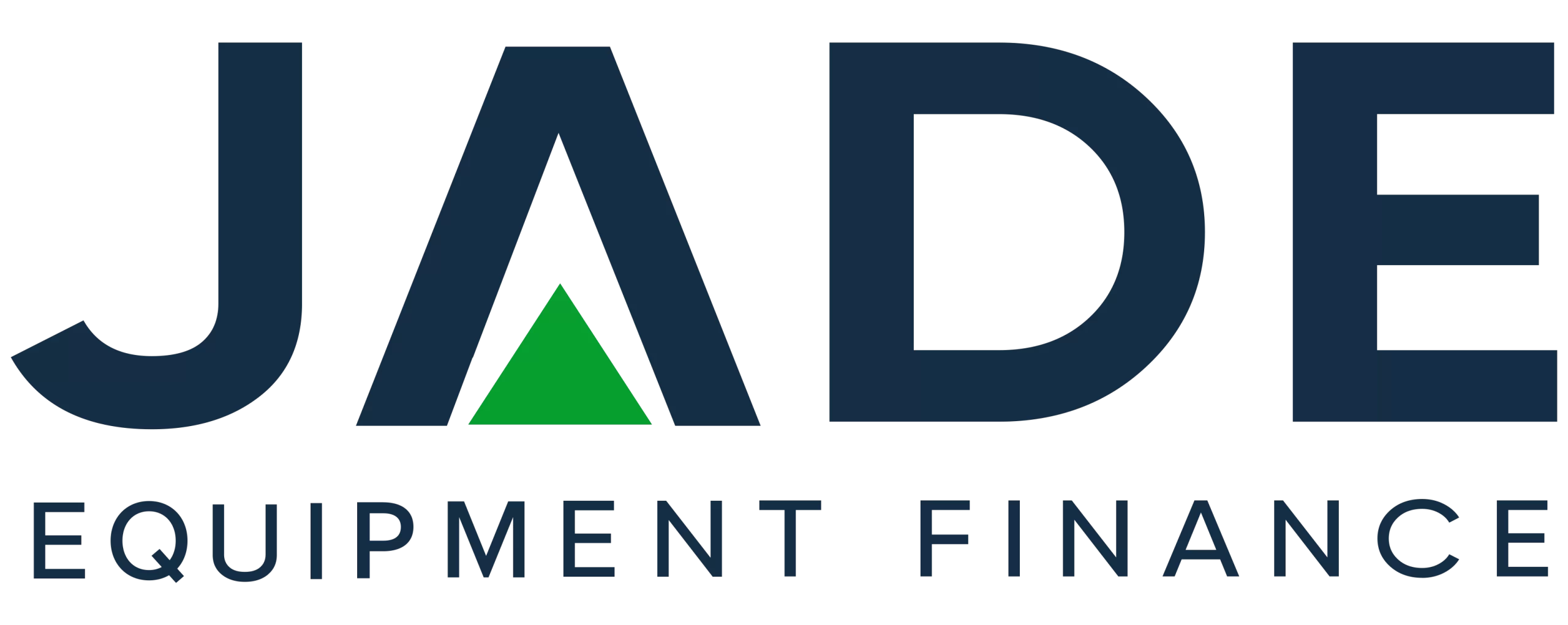As the end-of-calendar year and holiday season quickly approaches, businesses will possibly either be ramping up to handle the seasonal surge in trade or easing up and preparing to take a well-earned break. But before sliding into full end of year mode, there is a key issue that you may like to give some thought to – realising the tax benefits on offer with temporary full expensing.
This is a matter of some urgency for a number of reasons. Firstly, this ‘temporary’ measure is due to move ‘off the table’ at the end of the financial year, 30 June. Second, supply issues in some sectors are starting to ease but delivery delays still exist in regard to some machinery and equipment. Orders may need to be placed now in order to ensure delivery and operational in the business by the end of June deadline.
Many business owners may not actually be aware that this tax measure is available. When the Government introduced it as part of the pandemic stimulus package in April 2020 as Instant Asset Write-Off, the timing was not seen as ideal by many operators to proceed with major acquisitions such as equipment and machinery. So it may have been dismissed and not revisited over the past two years.
With business recovering from the pandemic era, now may be a good time to consider equipment and machinery purchases and temporary full expensing. Remember, this is not an ongoing tax measure. It does have a set timeframe and with soaring inflation and other a deficit to address, it is highly unlikely that such a stimulus measure would be extended beyond the current deadline.
To assist business owners to decide if temporary full expensing is a good reason to make the investment in new machinery, we’ll recap on the benefits and the appropriate finance options we can offer.
Temporary Full Expensing: Overview
As mentioned, temporary full expensing was first introduced as Instant Asset Write-off and is still often referred to as such. But after amendments to eligibility criteria, it was then referred to temporary full expensing. It is an accelerated asset depreciation measure which means the assets can be depreciated, as in written off as tax deductions, faster than under the usual tax rulings.
In fact, the entire value or purchase price can be claimed as a tax deduction in the year that the machinery or equipment is purchased. But it must be new assets. Refinancing existing assets does not meet the criteria.
The major advantage is of course that such a significantly large tax deduction, which most business equipment would represent, can significantly reduce the taxable income of the operation. With lower taxable income, a lower tax bill is applicable. Less tax payable in what would be this current financial year, may provide a business with less pressure on cash flow or more available funds for further investment in the business.
Another measure has also been introduced with a similar timeframe which also ties in with temporary full expensing – Loss Carry Back. This is not as easy to explain but we’ll provide this simple overview:-
- Under normal tax rulings, when a business makes a loss they must ‘carry it forward’, ie claim it against profits made in future financial years.
- Loss Carry Back allows losses made in specific years to be claimed against profits and tax paid in earlier years. The years are specified by the ATO.
- By claiming temporary full expensing on a large piece of machinery or equipment, the business may then show a loss. That may be claimed against earlier profits and may result in a refund of tax which was paid in those earlier years.
So the benefits are quite significant and we recommend a discussion with the accountant for the business to ensure both the business and the machinery and equipment meet the criteria and suitability.
Choice of Equipment Finance is Key
To be eligible, the machinery and equipment being acquired must be ‘depreciable’. That means that they must first be owned by the business. They can be ‘under finance’ but ownership in terms of being an asset/liability held by the business.
The choice of finance ties into this issue as the ownership of the goods varies between different finance products. With Rent to Buy and Equipment Lease, the lender retains the ownership title until such time as finance is fully paid-out.
In comparison, with Chattel Mortgage Equipment Finance the ownership of the equipment immediately transfers to the business when the finance and purchase are settled. This means the equipment becomes an asset/liability in the company books and a depreciable asset. So this form of finance is seen as the most suitable for those operators looking to realise the tax deductions available through accelerated asset depreciation measures.
Those opting for Lease or Rent to Own do still have tax deductions with the monthly finance payments but these can only be claimed per annum for the amounts paid which would not equate to the full purchase price.
A final word on timing. Be mindful of any delivery delays with the specific machinery you are considering buying. Ensure you place that order within a sufficient timeframe so that it arrives and is operating in the business prior to the temporary full expensing deadline of 30 June next year.
To discuss Chattel Mortgage quotes for the machinery and equipment you need to purchase, contact Jade Equipment Finance on 1300 000 003
DISCLAIMER: IF MISINTERPRETATIONS, MISREPRESENTATION OR ERRORS EXIST IN THIS ARTICLE, NO LIABILITY IS ACCEPTED. THE INFORMATION IS PROVIDED ONLY FOR GENERAL PURPOSES AND NOT IN ANY MANNER INTENDED AS THE ONLY SOURCE FOR MAKING FINANCIAL DECISIONS. THOSE THAT CONSIDER THEY REQUIRE ADDITIONAL GUIDANCE OR ADVICE SHOULD REFER TO AN INDEPENDENT FINANCIAL ADVISOR.


